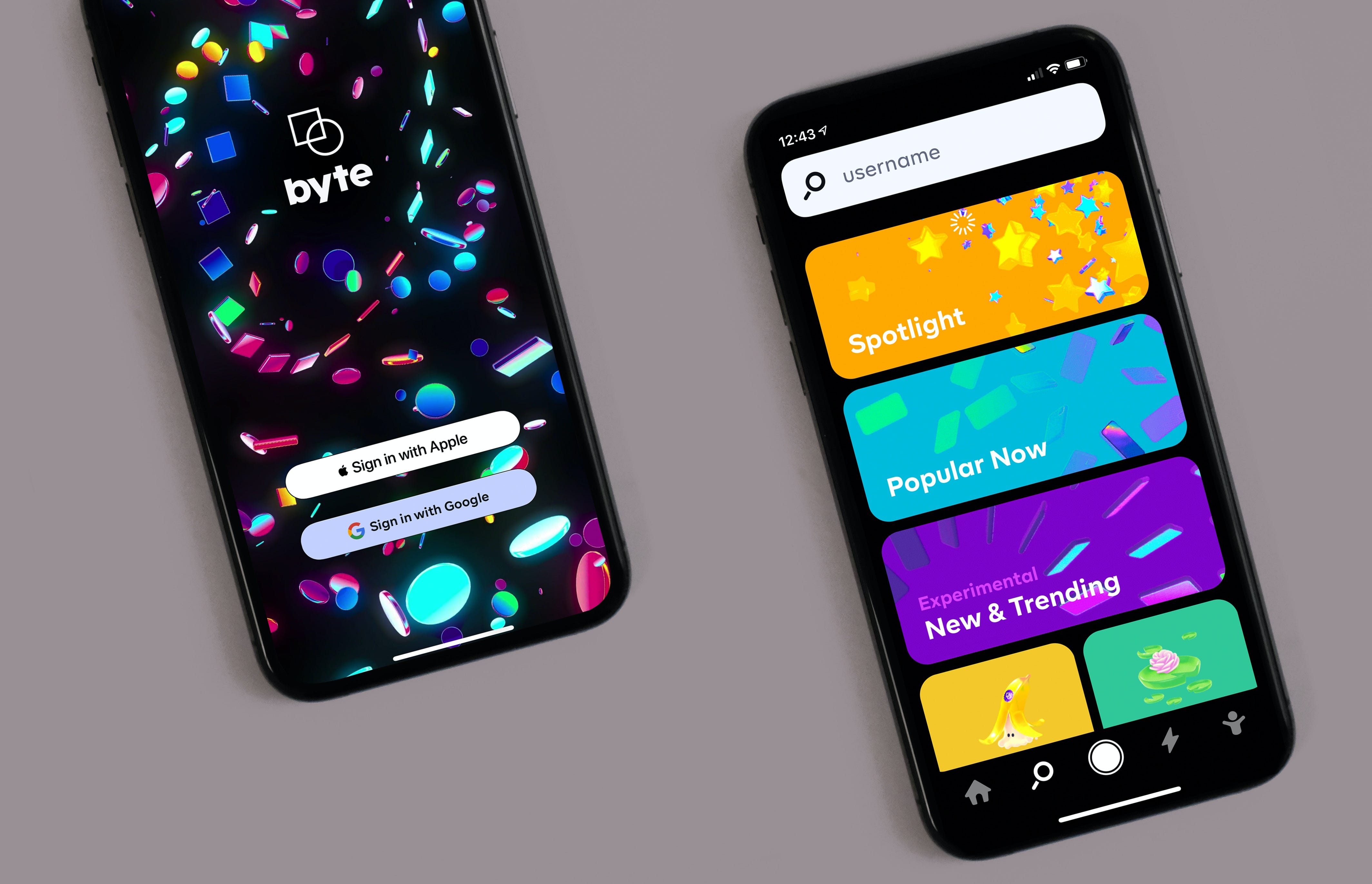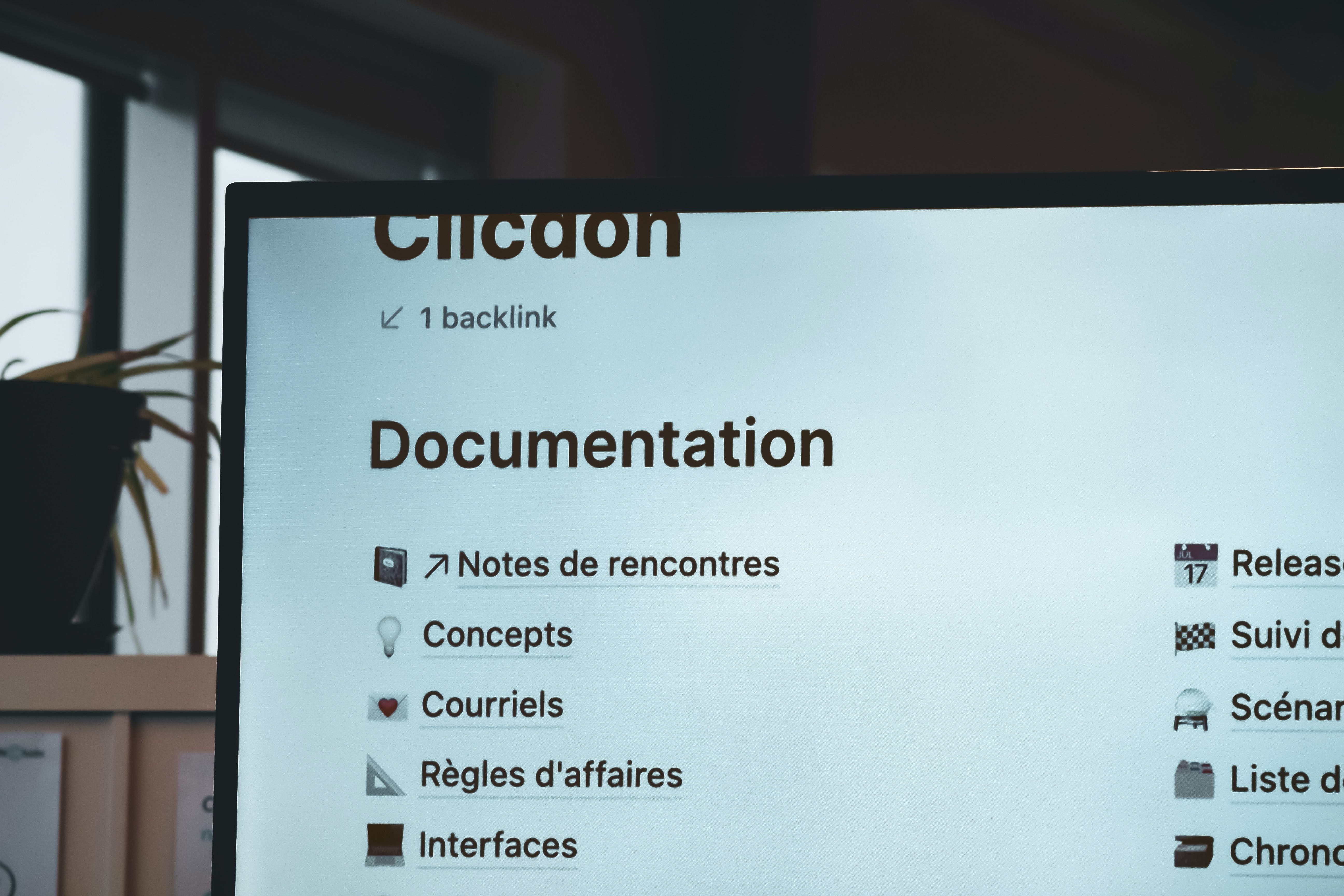The Self-Taught Developer Curriculum
 Oscar Sherelis
Oscar Sherelis
The Self-Taught Beginner Path
In the ever-evolving world of technology, the demand for skilled web developers continues to grow. While many assume that formal education is a prerequisite to becoming a developer, the rise of self-taught programmers proves otherwise. In this article, we will explore the beginning of a self-taught web developer’s journey, emphasizing the importance of skills and knowledge over degrees, providing learning roadmaps for front-end, back-end, and full-stack development, and addressing the pitfalls of tutorial hell.
Disclaimer
This article is for people who are just getting started.
Self-taught Developer
A self-taught web developer is an individual who learns programming languages, frameworks, and other essential skills through self-guided study and practice, rather than pursuing a formal degree or certification. They leverage a range of resources, including online tutorials, coding bootcamps, books, and open-source projects, to gain the necessary knowledge and expertise.
The Value of Degrees
In the tech industry, employers increasingly prioritize practical skills and hands-on experience over formal education. While a degree in computer science or a related field can be advantageous, it is not the sole determining factor for success. Self-taught developers have demonstrated their ability to acquire skills and deliver results through their projects and portfolios, making them equally competitive in the job market.
Skills and Knowledge Required to Get Your First Job
Front-end Developer
A front-end developer focuses on the user interface and user experience. They need a strong foundation in HTML, CSS, and JavaScript, along with knowledge of front-end frameworks like React or Angular. Additional skills such as responsive design, version control systems, and an understanding of browser compatibility are also valuable.
Back-end Developer
Back-end developers deal with server-side programming, databases, and APIs. Proficiency in languages like Python, Ruby, or JavaScript (Node.js) is essential. Knowledge of frameworks such as Django, Ruby on Rails, or Express.js, as well as SQL or NoSQL databases, is crucial for building robust back-end systems.
Full-stack Developer
Full-stack developers possess a comprehensive understanding of both front-end and back-end development. They combine the skills mentioned above to create end-to-end solutions. A full-stack developer can excel in either front-end or back-end but has the versatility to work on the entire application stack.
The Value of Algorithms and Data Structures
Algorithms and data structures serve as the foundation of computer science. They provide developers with a toolkit of problem-solving techniques and efficient data organization methods. While it is true that front-end development primarily focuses on creating visually appealing user interfaces and enhancing user experience, algorithms and data structures can still play a crucial role in ensuring optimal performance, scalability, and maintainability of web applications.
Efficient User Interactions
Front-end developers often face challenges related to managing large datasets, implementing complex functionalities, and optimizing the performance of web applications. By leveraging algorithms and data structures, they can devise innovative solutions to overcome these hurdles. For example, algorithms like sorting and searching algorithms can be used to efficiently manipulate and retrieve data from large datasets. Data structures such as arrays, linked lists, and trees can provide efficient storage and retrieval mechanisms, enabling faster user interactions and smoother browsing experiences.
Scalability and Performance
As front-end developers progress in their careers and tackle more complex projects, scalability and performance become critical factors. Algorithms and data structures empower developers to create robust and efficient applications that can handle increasing user loads and process large amounts of data seamlessly. Understanding concepts like Big O notation, dynamic programming, and graph algorithms equips developers with the ability to optimize their code and improve the overall performance of their applications.
Algorithms and Data Structures for Mid and Senior Developers
While front-end developers may not encounter algorithms and data structures in their day-to-day work as frequently as their back-end counterparts, they are still highly beneficial for mid and senior-level professionals. As developers progress in their careers, they often take on more challenging projects and may find themselves working on full-stack applications or transitioning to other roles. Having a strong foundation in algorithms and data structures equips them with the necessary problem-solving skills and flexibility to adapt to these changing demands.
Learning Roadmap for Developers
Backend Developer
Start with a programming language like Python, PHP, C# or JavaScript (Node.js) (Required).
Learn basic server-side concepts and HTTP protocols (Required).
Familiarize yourself with a web framework like Django or Express.js (Required).
Explore database management systems such as SQL, MongoDB or NoSQL (Required).
Practice building RESTful APIs and integrating third-party services (Required).
Dive deeper into authentication, security, and performance optimization (Good to know).
Front-end Developer
Begin with HTML, CSS, and JavaScript (Required).
Gain proficiency in a front-end framework like React, Vue.js, or Angular (Only after js).
Learn responsive design principles and CSS preprocessors (e.g., Sass or Less).
Understand version control systems like Git (Required).
Explore UI/UX design principles and accessibility standards (Good to know).
Enhance your skills with tools like webpack or Babel (Good to know).
Full-stack Developer
Follow the learning roadmap for both front-end and back-end development.
Understand how the two layers interact and communicate (Required).
Build projects that combine front-end and back-end technologies (Required).
Continuously expand your knowledge in both areas to stay up to date (Required).
Resources
Recommendations
Check out the article before applying for Your first job. Interview tips, cv writing tips. Developers' mentality and soft skills. Mentality and discipline. University vs Bootcamp.
Tutorial Hell
How to avoid getting stuck: Tutorial hell refers to a situation where aspiring developers get caught up in a never-ending cycle of watching tutorials and completing exercises without applying the knowledge in real-world projects. To avoid this trap, it’s crucial to strike.
Define Clear Learning Goals
Before diving into tutorials or online courses, take some time to define your learning goals. Ask yourself what you want to achieve in programming and outline the specific skills or projects you want to work on. By setting clear objectives, you can stay focused and avoid getting sidetracked by irrelevant tutorials.
Understand the Basics
While tutorials provide a structured learning path, it’s essential to grasp the fundamental concepts and principles underlying programming languages and technologies. Invest time in learning core programming concepts, such as variables, loops, conditionals, and functions. Understanding these foundations will enable you to grasp new ideas more quickly and apply them creatively.
Follow a Project-Based Approach
One effective way to escape Tutorial Hell is to adopt a project-based learning approach. Instead of solely relying on tutorials, challenge yourself to build small projects or solve coding problems independently. Start with simple projects and gradually increase the complexity as you gain confidence and knowledge. Working on real-world projects will enhance your problem-solving skills and encourage critical thinking.
Embrace Active Learning
Passively following tutorials can hinder your progress. Instead, actively engage with the material by experimenting, modifying code snippets, and troubleshooting errors. Actively learning involves applying what you’ve learned, seeking out additional resources, and asking questions in programming communities or forums. By actively participating in the learning process, you’ll gain a deeper understanding of the concepts and develop the ability to solve problems on your own.
Read Documentation and Source Code
Don’t rely solely on tutorials to understand how things work. Take the time to explore official documentation and study well-written source code. Documentation provides in-depth information about programming languages, frameworks, and libraries, while source code lets you see how experienced developers tackle real-world challenges. By delving into these resources, you’ll gain insights into best practices and enhance your problem-solving skills.
Join Communities and Collaborate
Being part of a programming community can be immensely beneficial in your learning journey. Engage with fellow learners and experienced developers through forums, coding communities, or local meetups. Collaborating with others exposes you to different perspectives and approaches, helps you learn from their experiences, and allows for feedback on your work. It also fosters accountability and motivation, driving you to overcome challenges and progress faster.
Take Breaks and Reflect
Learning programming can be intense, and it’s essential to take regular breaks to avoid burnout. Use this time to reflect on what you’ve learned, reinforce your understanding, and identify areas where you need improvement. Taking breaks also allows your mind to process information subconsciously, leading to better retention and comprehension of programming concepts.
Build a Portfolio
As you gain proficiency and complete projects, start building a portfolio to showcase your work. A portfolio not only demonstrates your abilities but also acts as a tangible representation of your progress. Employers and clients often look for real-world examples of your coding skills, so having a portfolio sets you apart from other candidates and boosts your credibility.
Conclusion
Becoming a self-taught web developer is an exciting and rewarding journey that doesn’t necessarily require a formal degree. By acquiring the necessary technical skills and knowledge, developing both soft and technical skills, and following a structured learning roadmap, you can land your first job in web development. Remember to stay focused, embrace hands-on learning, and continuously challenge yourself to grow as a developer. The world of web development awaits your creative and innovative contributions.
I am available on social media:
Support me:
Subscribe to my newsletter
Read articles from Oscar Sherelis directly inside your inbox. Subscribe to the newsletter, and don't miss out.
Written by

Oscar Sherelis
Oscar Sherelis
I am a Full-stack developer who is looking for new challenges and networks. Also, I want to share my knowledge with others, that's why I started blogging.


















